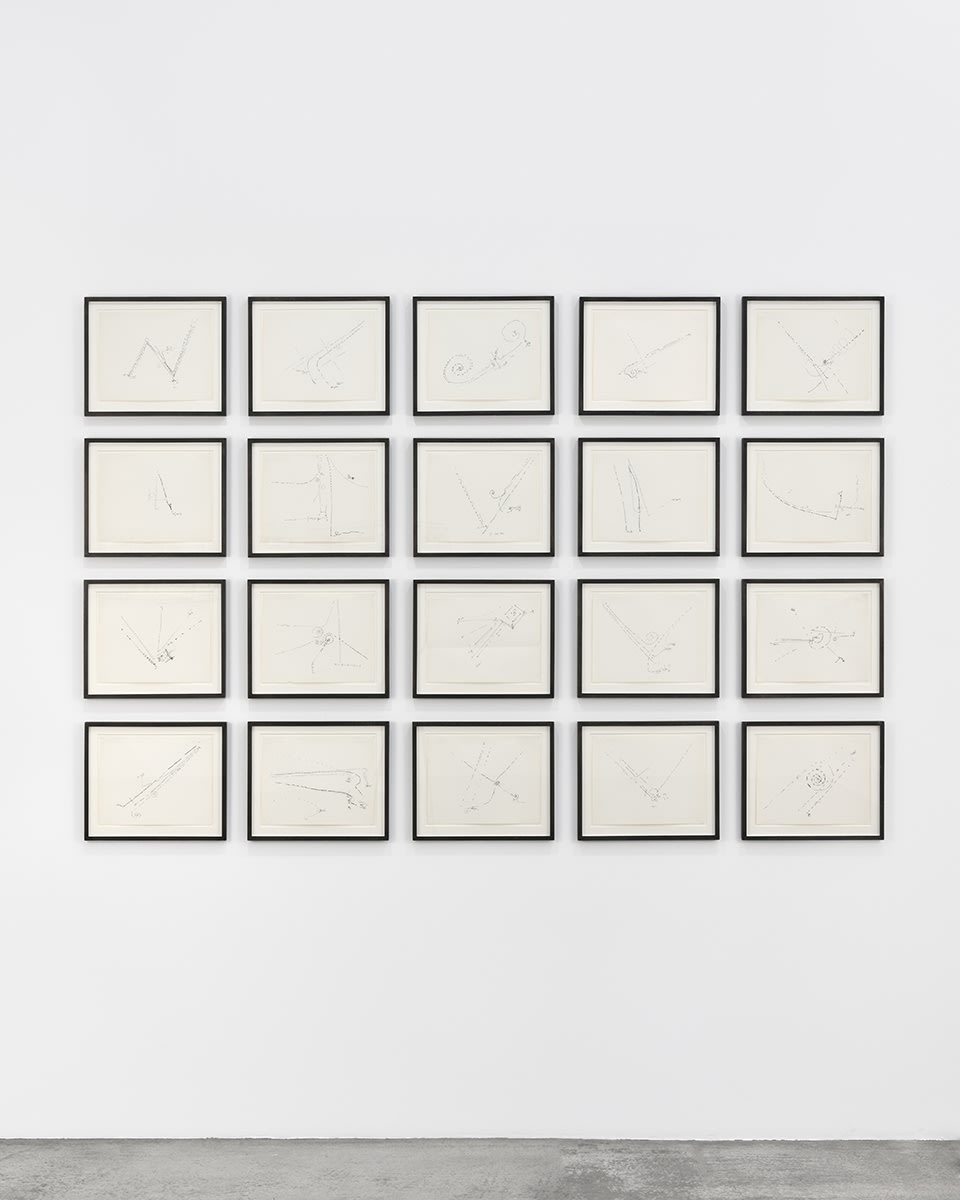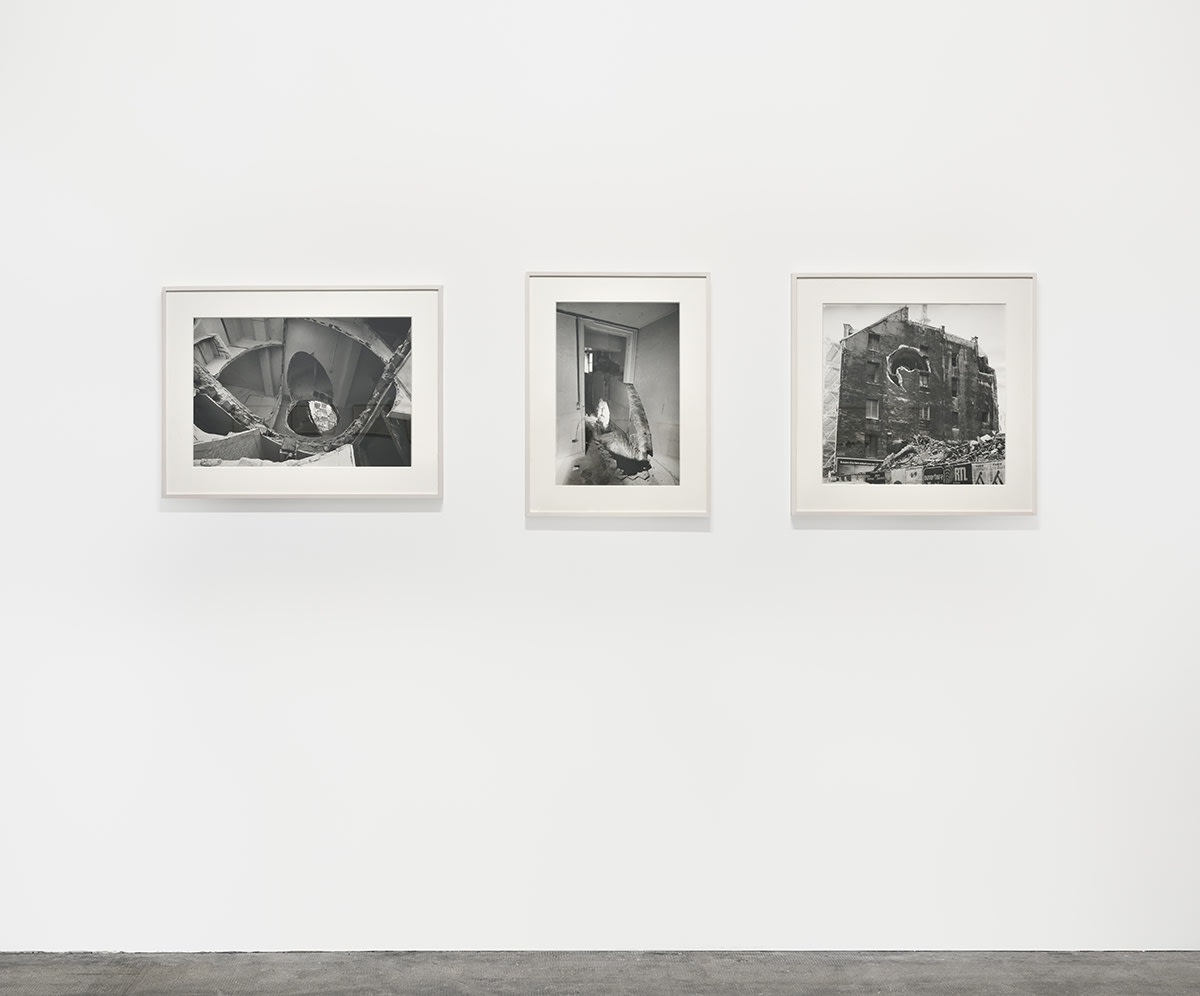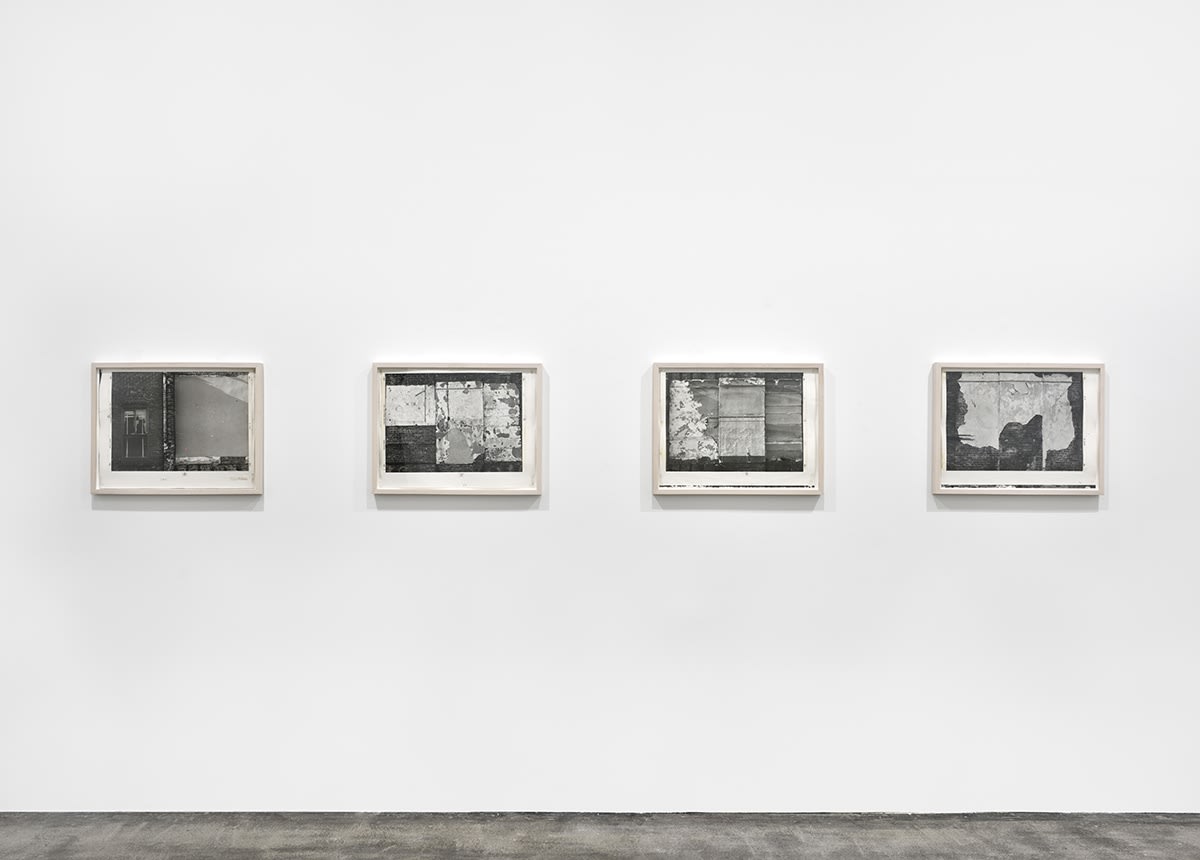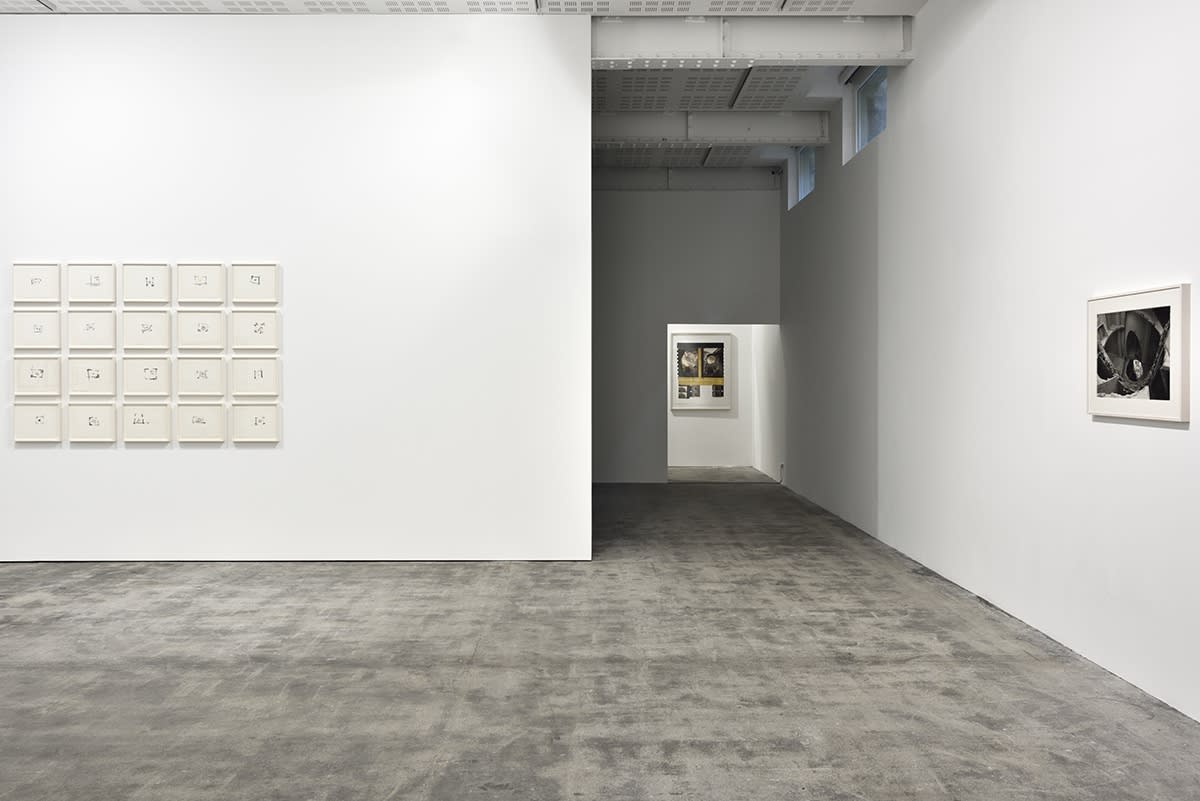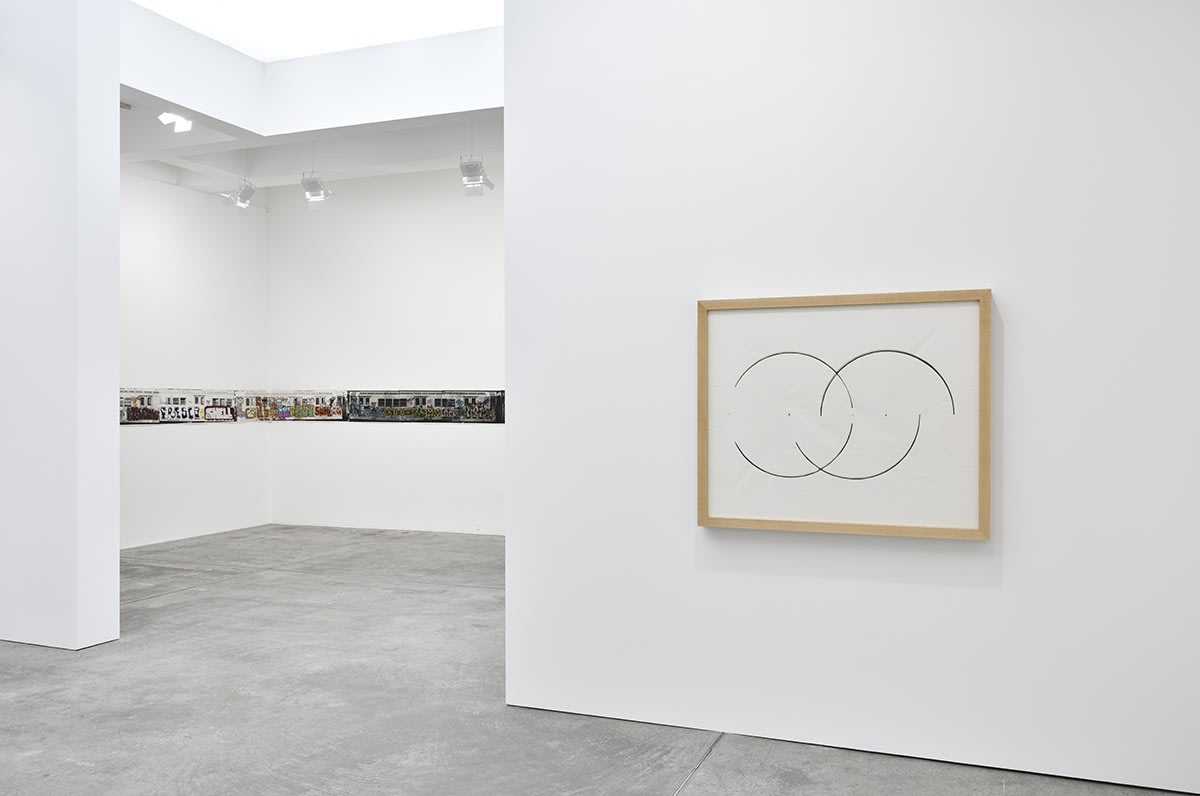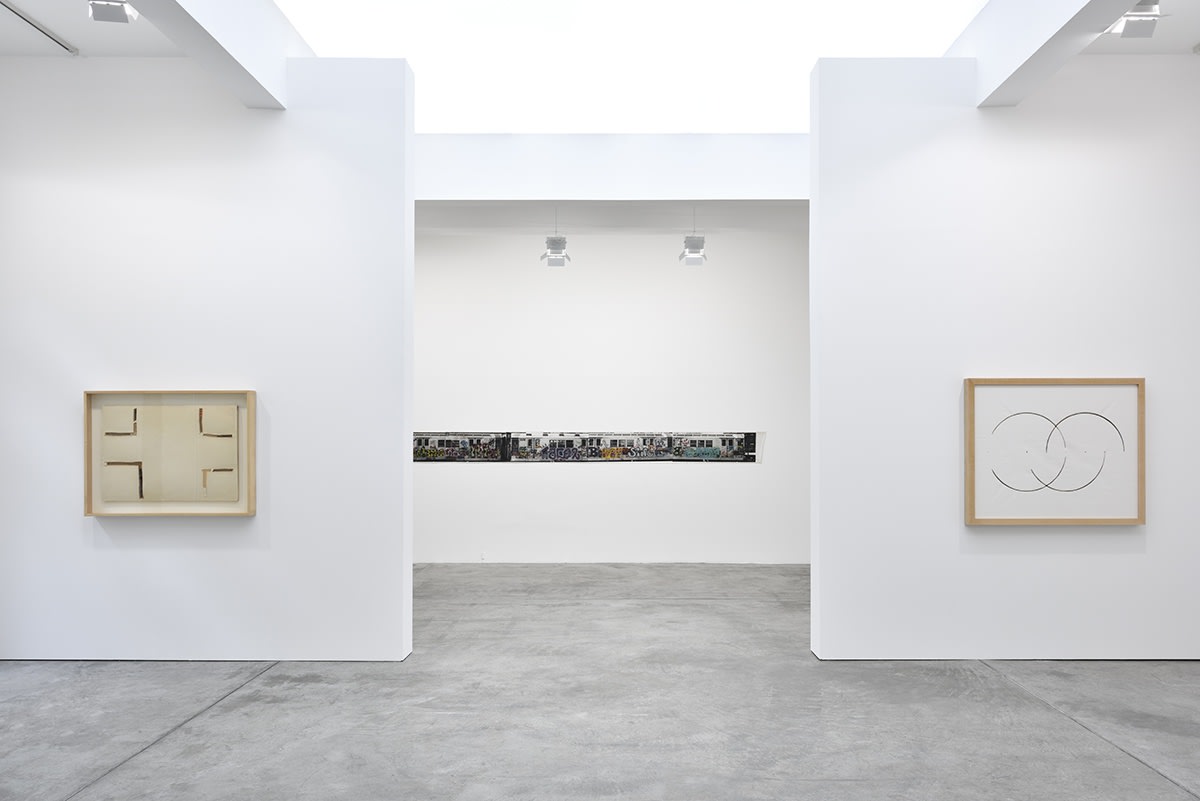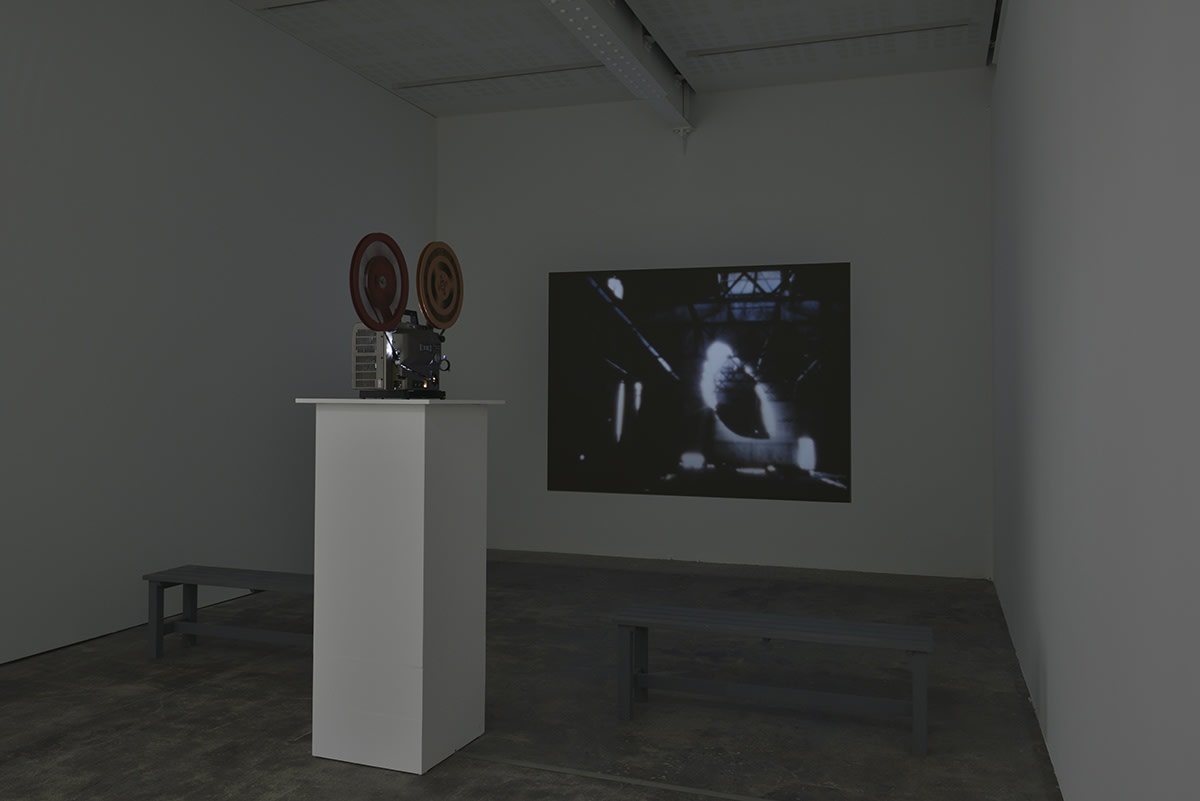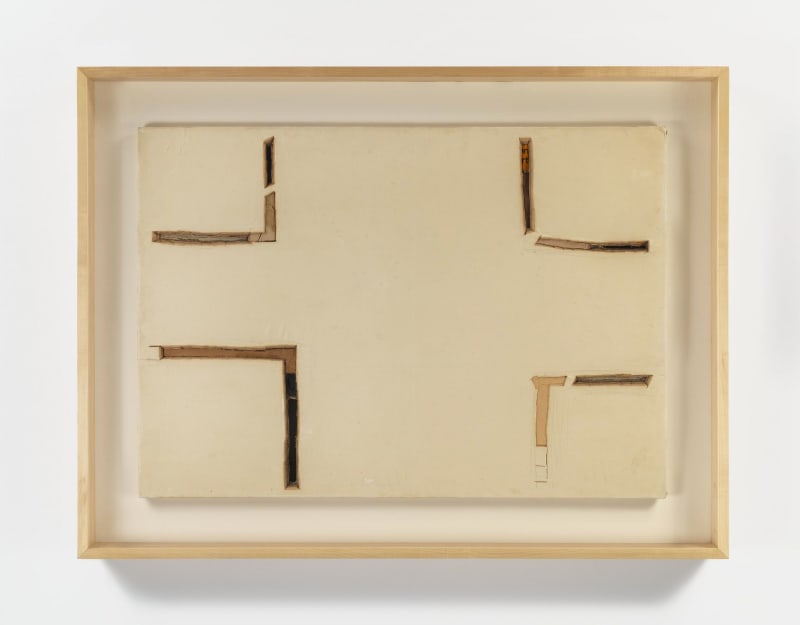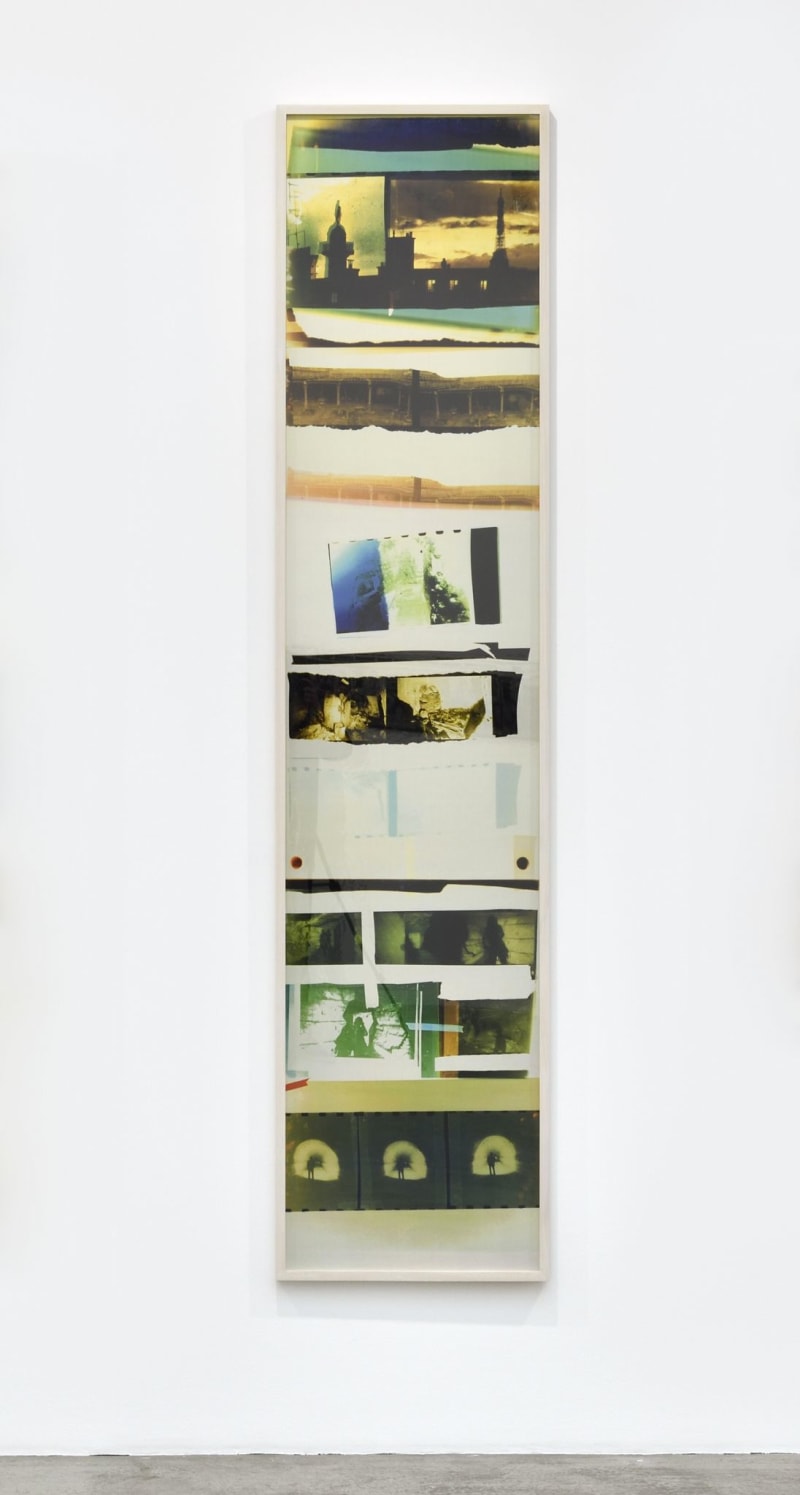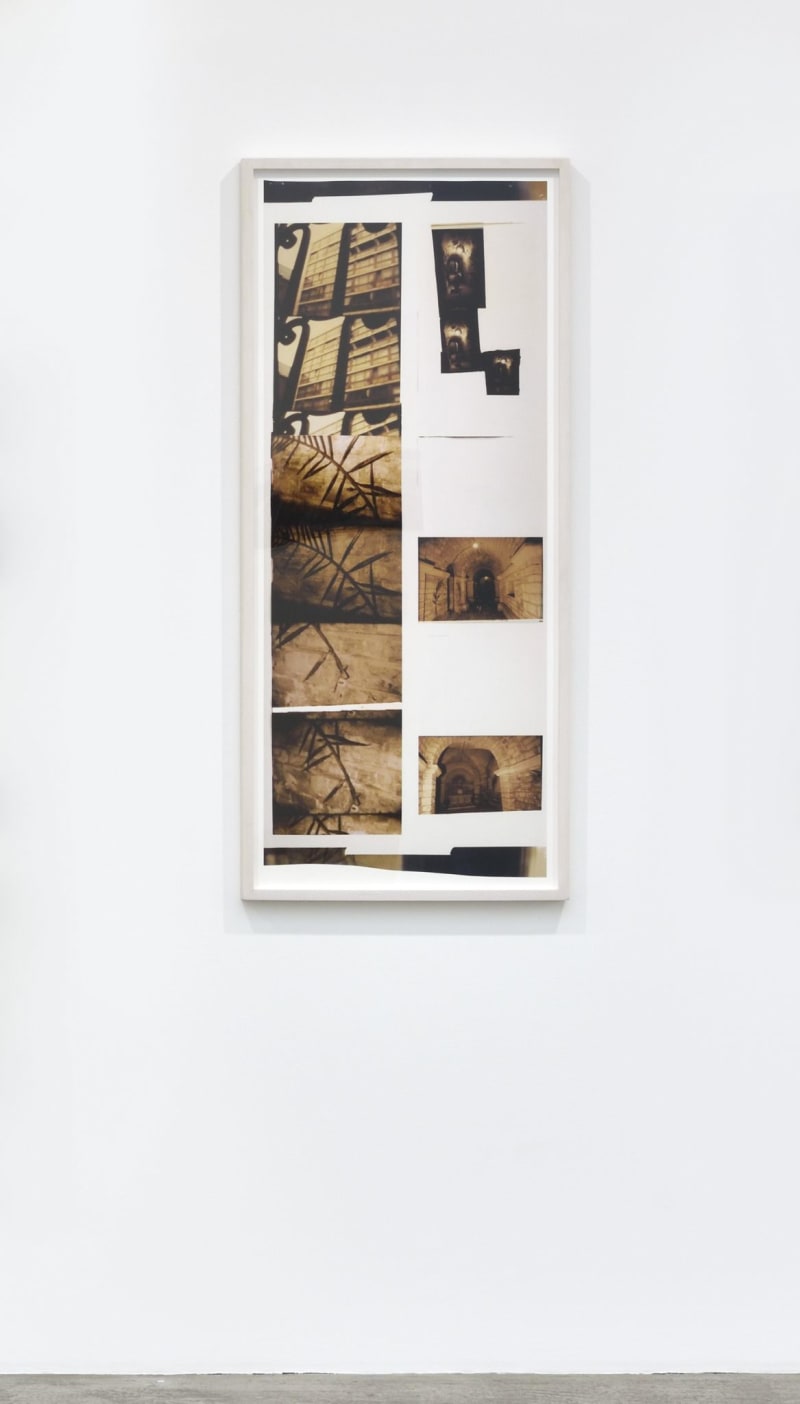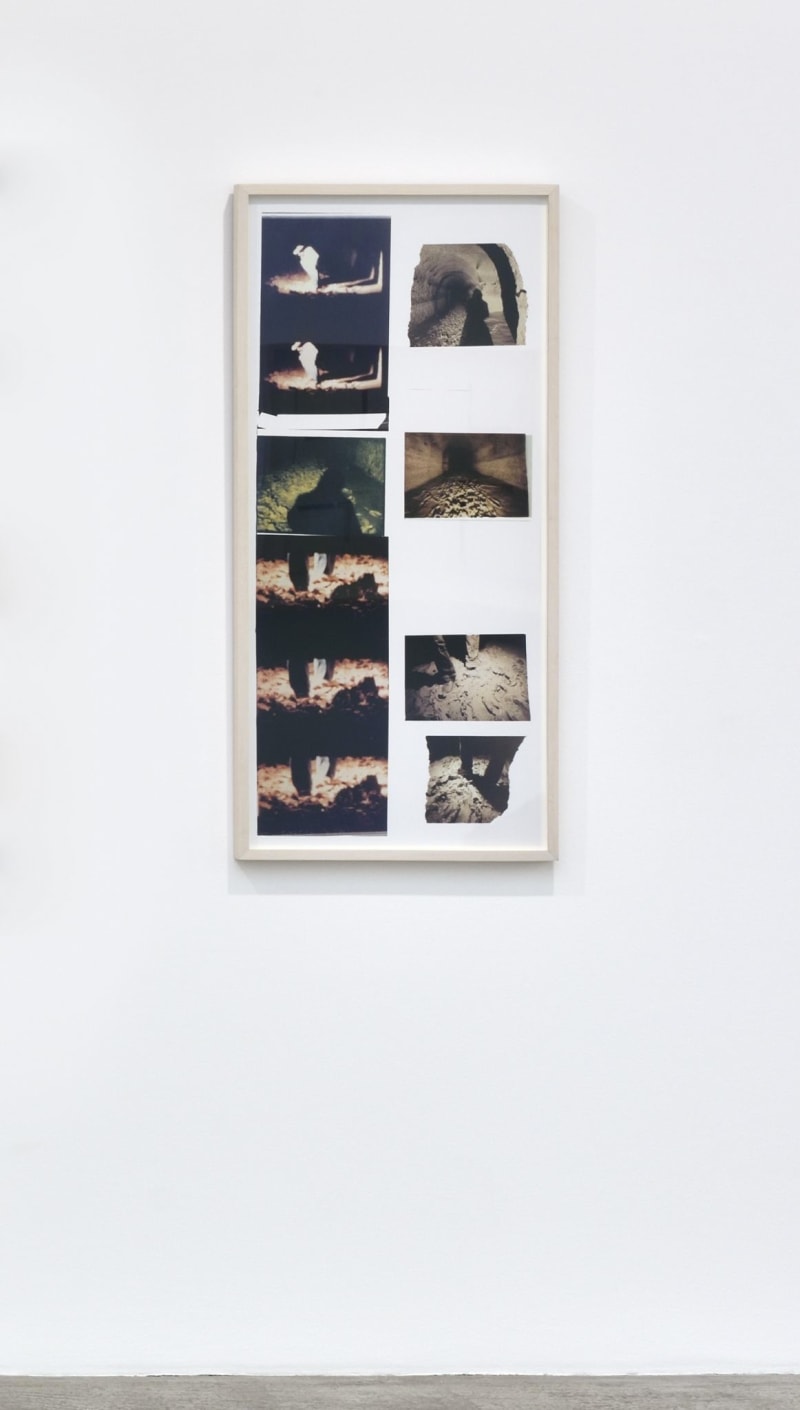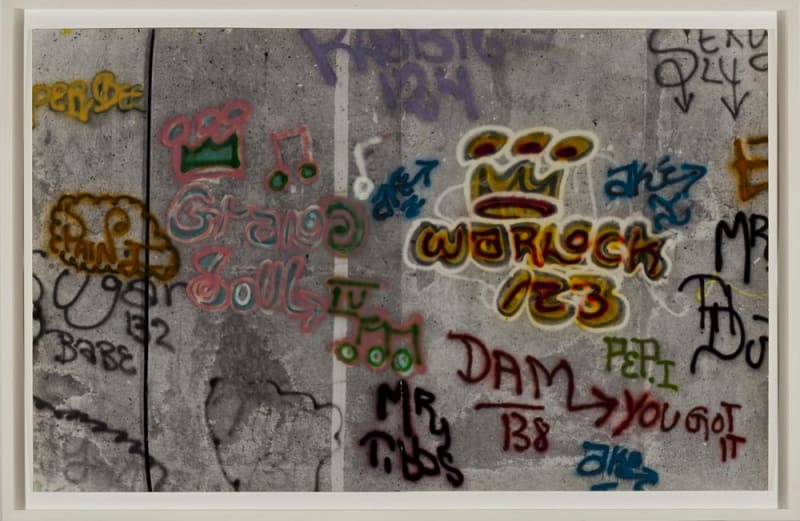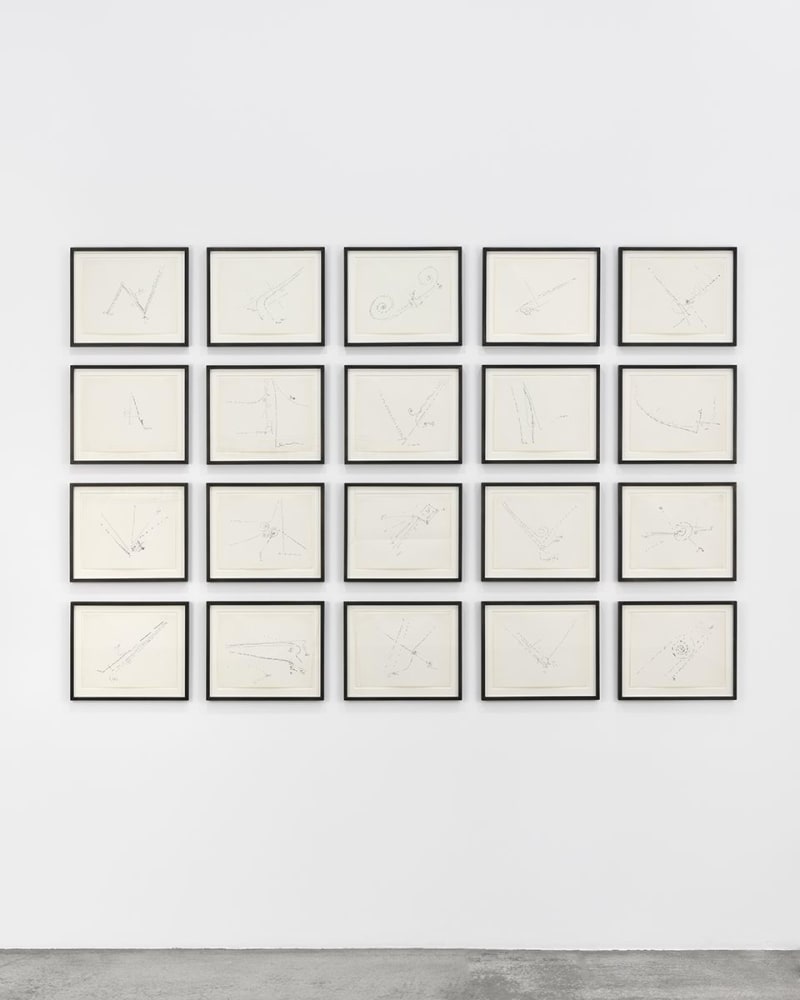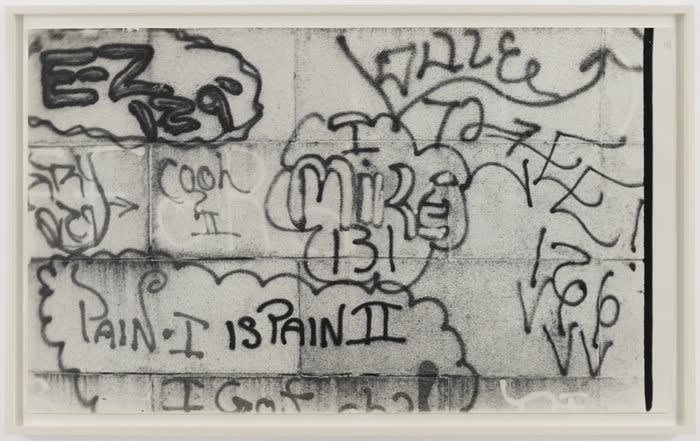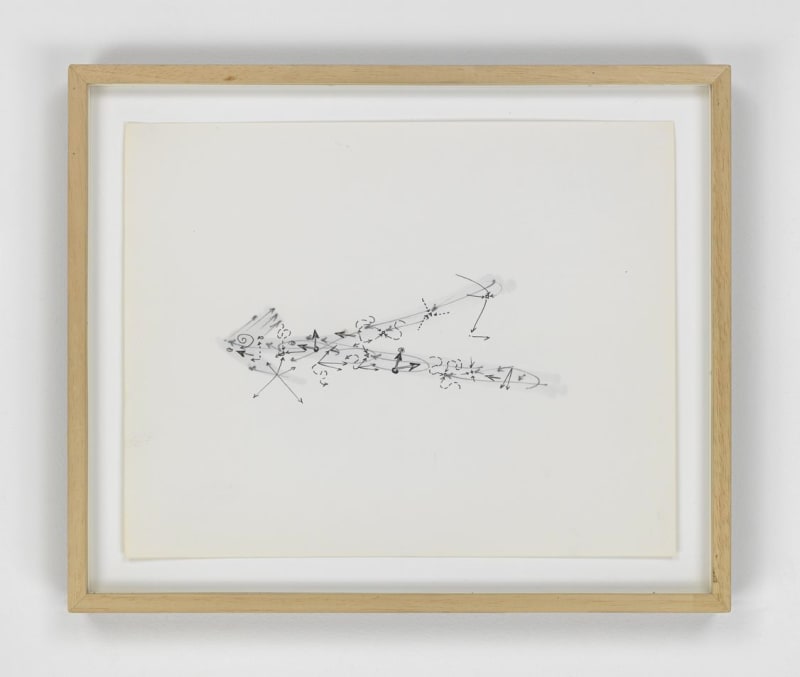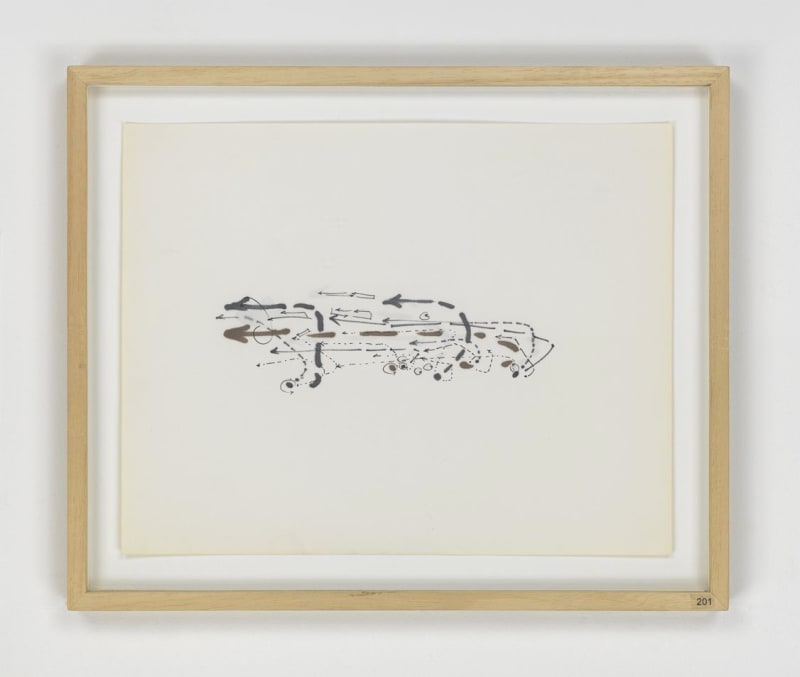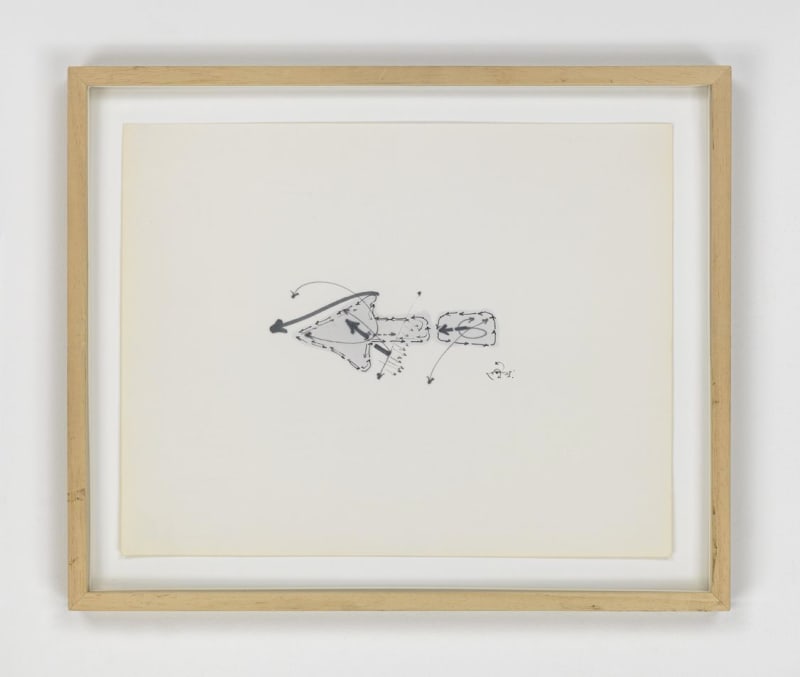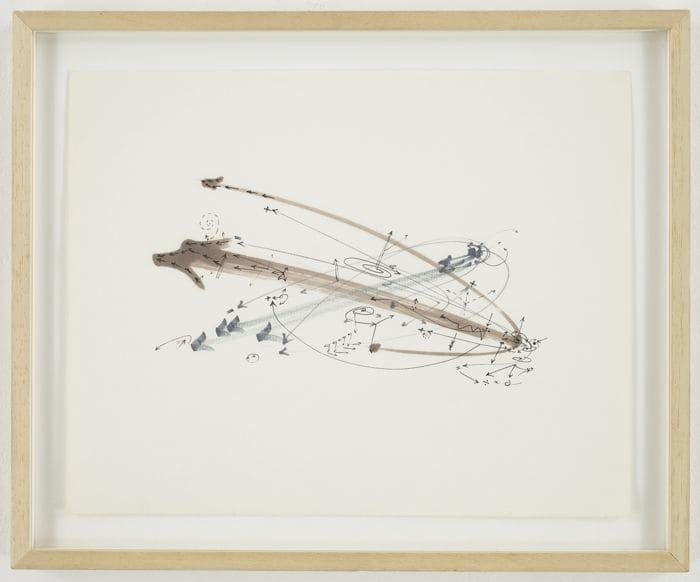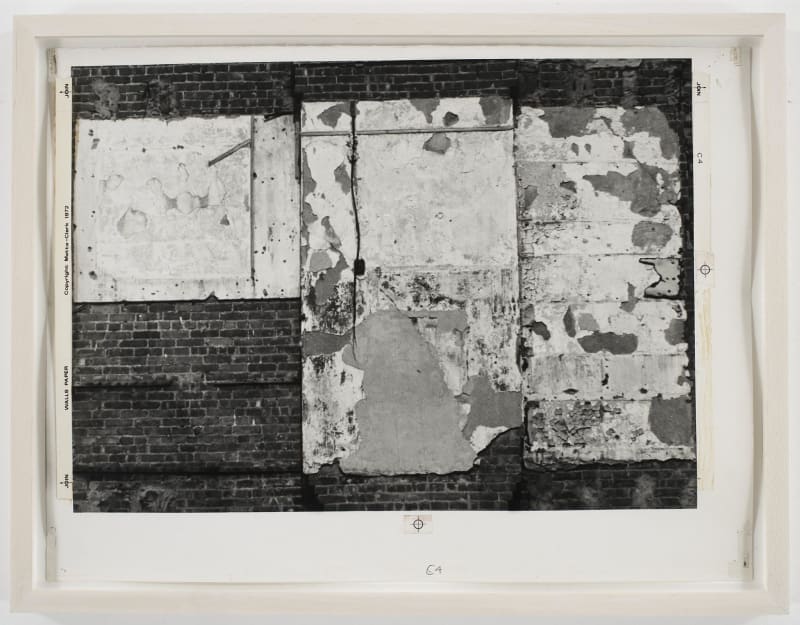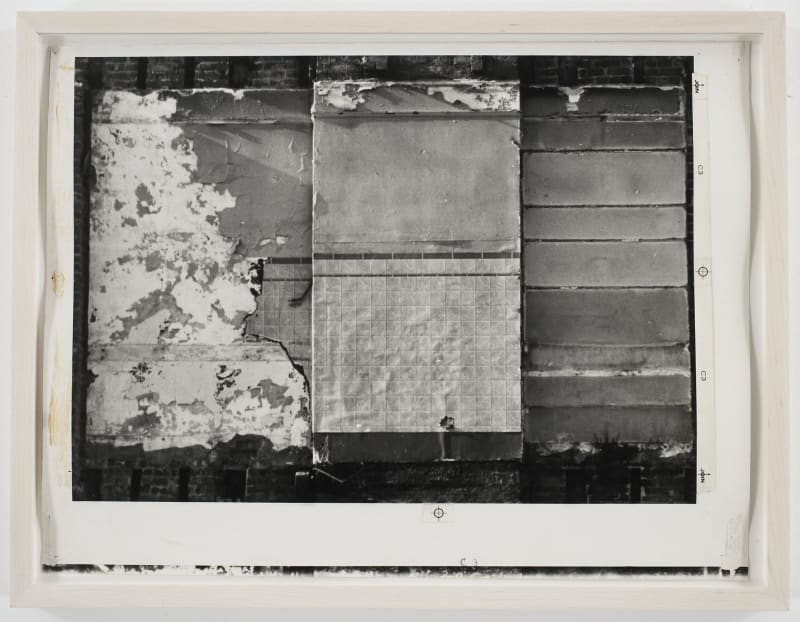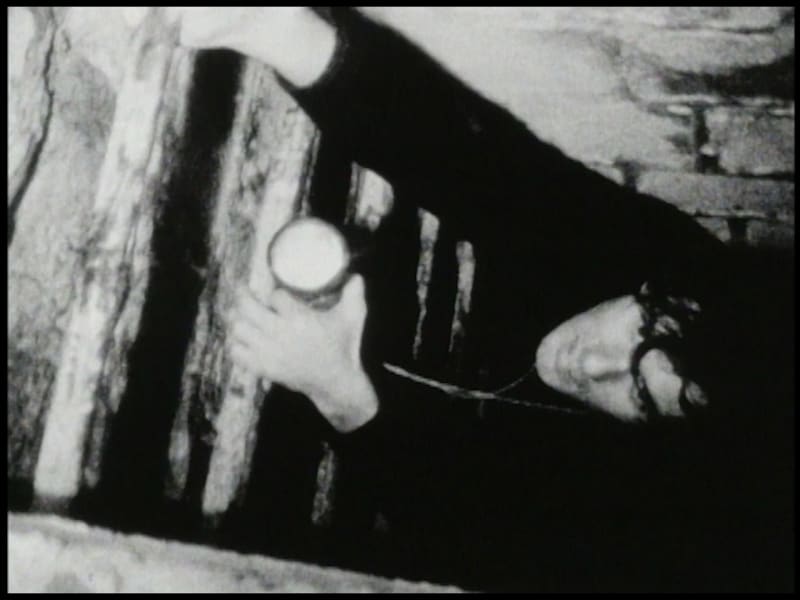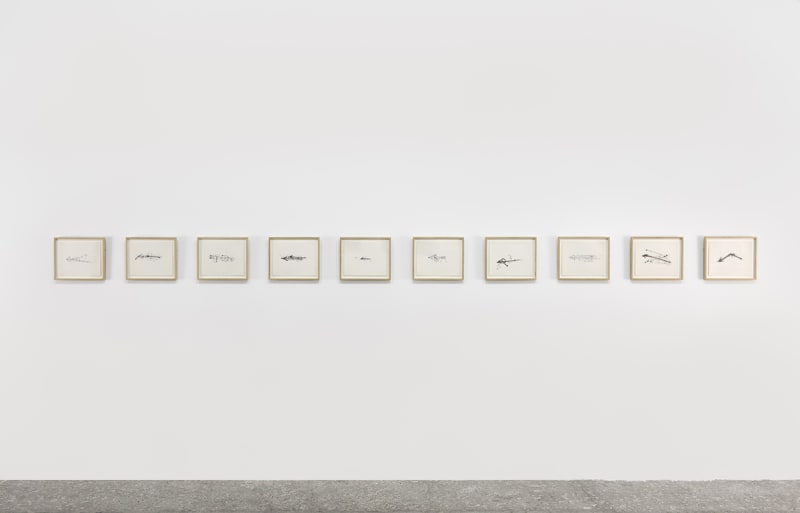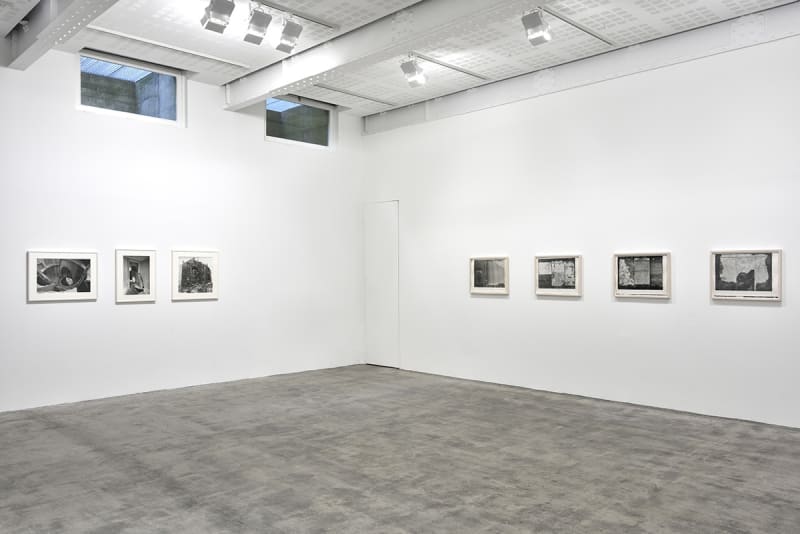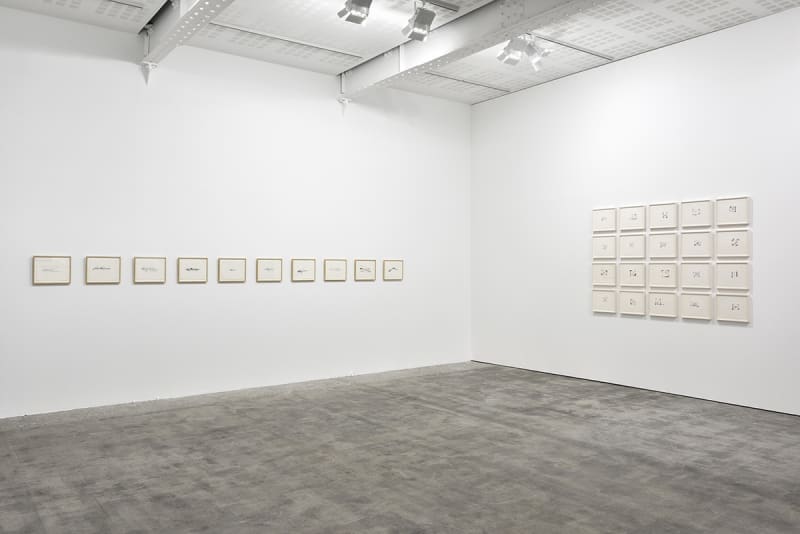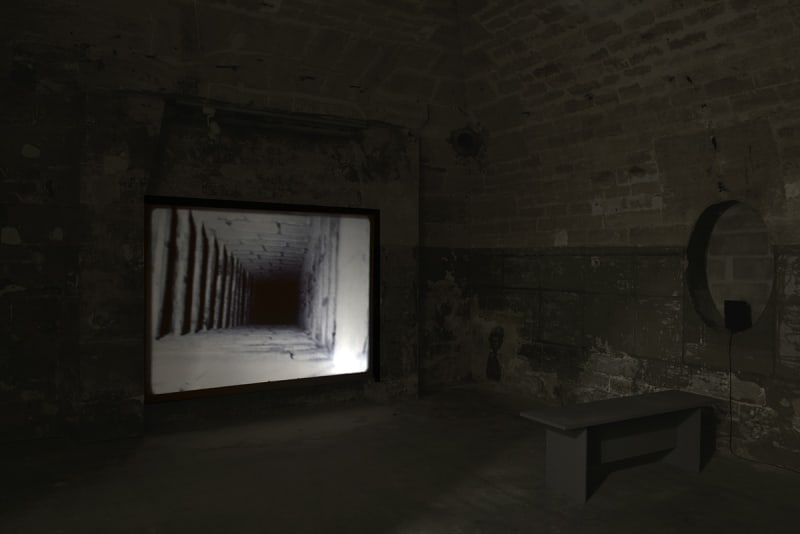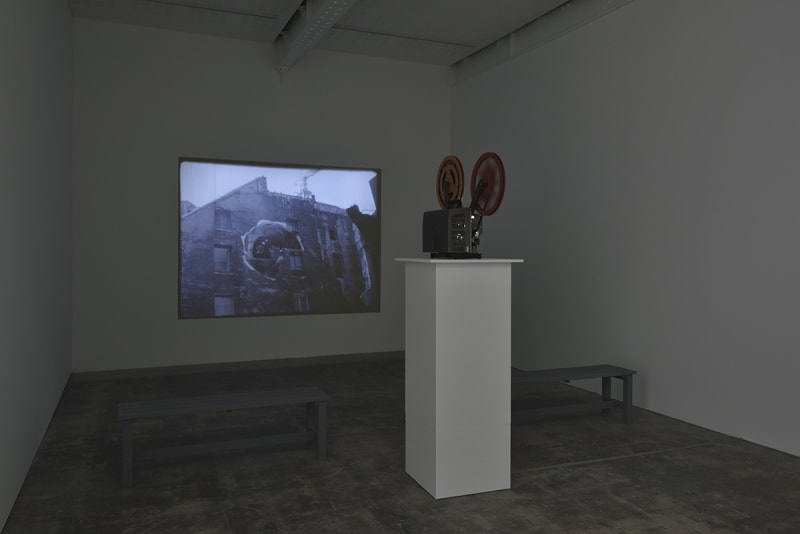Overview
Galerie Marian Goodman is pleased to present the first major exhibition of Gordon Matta-Clark’s work in France in over two decades. An exceptional selection of photographs, photographic collages, drawings, and films testifies to the diversity and richness of the works by a 1970s avant-garde legend.
Gordon Matta-Clark
9 December 2016 – 19 January 2017
Opening Reception: Thursday, December 8, 6-8 pm
“My activity takes the form of a theatrical gesture that cleaves structural space” Gordon Matta-Clark
Galerie Marian Goodman is pleased to present the first major exhibition of Gordon Matta-Clark’s work in France in over two decades. An exceptional selection of photographs, photographic collages, drawings, and films testifies to the diversity and richness of the works by a 1970s avant-garde legend.
Gordon Matta-Clark’s (1943–1978) training as an architect exerted a crucial influence on his work: in the late 1960s he defied the conventions of his discipline while examining its relationship with sculpture. He began to produce his first architectural performances in interior spaces, before going on to expand his practice and reflection on “structure” and to consider each place as an object. Matta-Clark’s building cuts allowed him to rethink the notion of space, the function of the artist operating in the public sphere, and ultimately to create ephemeral works without constructing or adding any elements.
“I feel my work intimately with the process as a form of theater in which the working activity and the structural changes to and whithin the buiding are the performance. I also include a free interpretation of movement as gesture, both metaphoric, sculptural, and social into my sense of theater, with only the most incidental audience – an ongoing act for the passer-by just as the construction site provides a stage for busy pedestrians in transit.” 1
Matta-Clark’s photography, films, and drawings were infused with and informed by his unique conceptual vision. His cut drawings, such as A W-Hole House (Four Corners), obtained by transecting geometric shapes made from cardboard or blocks of paper were often studies for architectural projects. Less well known is the artist’s regular practice of drawing which remained constant throughout his short yet prolific career. Matta-Clark left behind numerous sketchbooks, discovered after his death. Each one is filled with rapidly executed drawings pursuing a specific motif—reminiscent of the Surrealist practice of automatic drawing—while the sustained movement of the hand brings to mind the act of dancing. Shown for the first time in France, Arrows (notebook), Energy Forms (notebook), and Energy Rooms (notebook) register directions, flows of energy, and circulations within a given space, respectively.
In Paris, a city to which he had a personal connection and where he periodically resided, Matta-Clark completed two major projects that occupy a central place in the exhibition.
A negative sculpture, Conical Intersect, conceived for the Paris Biennale in September 1975, was executed on rue Beaubourg in two adjacent 17th century buildings slated for demolition just as the Centre Pompidou was undergoing construction and the Les Halles district was being modernized. Over the course of several weeks, while Parisians looked on mesmerized, Matta-Clark and his team cut out an oculus four meters in diameter in the north face of the building, which then became the base of a hollowed-out cone descending into the center of the structure. An eponymous film and many photographs, montages, and photo collages—of which a selection is on display at the exhibition—are the vestiges of this “son et lumière” intervention.
Shot in 1977, Sous-sols de Paris testifies to a shift in Matta-Clark’s interests toward foundations and subterranean spaces which, he claimed, best captured the collective imagination. Six photographic prints, rarely exhibited and brought together for the exhibition, weave a visual narrative of the different archeological and architectural strata in several sites across the French capital. A 16mm film offers an underground guided tour with the artist, and tells the stories and legends of buried, and often forgotten, places such as the crypt of Notre-Dame, the catacombs at Denfert-Rochereau, the passages beneath the Opéra Garnier, and the crypt of the Carmelite convent in rue Saint-Jacques.
Matta-Clark’s hometown, New York City, was the artist’s primary terrain for experimentation and a source of inspiration. He was among the first artists of his generation to become interested in urban culture and environment, and while exploring the south Bronx area he photographed wall sections showing vestiges of interior decoration and layout (Walls, 1972). Graffiti, at the time still emerging yet subversive, was also a recurring theme captured by both his black and white and hand-colored photographs. Showing sections of subway cars covered with tags, Graffiti Photoglyph (1973) is a nearly nine-meter-long photographic montage colored with spray paint.
Two films shot in New York complete the exhibition. Day’s End (1975) documents the creation of a “sun-and-water temple,” one of Matta-Clark’s most ambitious and majestic projects. It is an intervention in the remnants of 19th century industrial architecture built on a pier over the Hudson River along Manhattan’s West Side. This project involved both cutting the corrugated metal exterior and carving the ground to allow sunlight to penetrate and flow within. City Slivers(1976), on the other hand, is a work that stands out in his filmography: it is an aesthetic, experimental film showing fragmented images of a city in motion seen as if through a keyhole.
Gordon Matta-Clark was born in 1943 and was the son of the Chilean Surrealist artist Roberto Matta. Following a year spent studying French literature at the Sorbonne in Paris, he enrolled in the architecture program at Cornell University, and in the early 1970s began his career as an artist. With a number of fellow artists, he founded an alternative artist-run space at 112 Greene Street in SoHo, as well as a restaurant collective called “Food.” Matta-Clark also developed several projects in Europe, notably in Paris, Genoa, Berlin, as well as in Antwerp, and took part in Documenta 5 (1972) and 6 (1977). He died prematurely at the age of 35 in 1978. Because he raised the question of the role and limits of architecture, his work has influenced several generations of architects and artists.
In the United States, the first retrospective of Gordon Matta-Clark’s work was held at the Museum of Contemporary Art in Chicago in 1985. In Europe, it was the Instituto Valenciano de Arte Moderno (IVAM) in Valencia, Spain which hosted a second major exhibition in 1992. The most recent retrospective in France, held at the Musée Cantini in Marseilles, took place in 1993, while in the United States, the Whitney Museum of American Art organized one in 2007. The Bronx Museum of the Arts is currently preparing a large exhibition for September 2017.
1. Gordon Matta-Clark, “Gordon Matta-Clark’s Building Dissections, An Interview by Donald Wall”, first published in Arts Magazine, May 1976 and included in Gloria Moure, ed., Gordon Matta-Clark, Works and Collected Writings (Barcelona: Ediciones Poligrafa, 2006).
Press contact:
Raphaële Coutant raphaele@mariangoodman.com or + 33 (0)1 48 04 70 52

